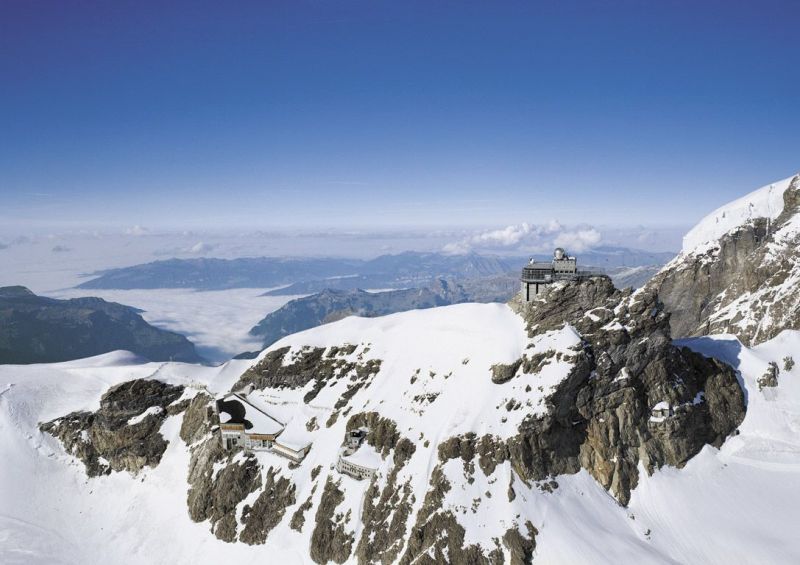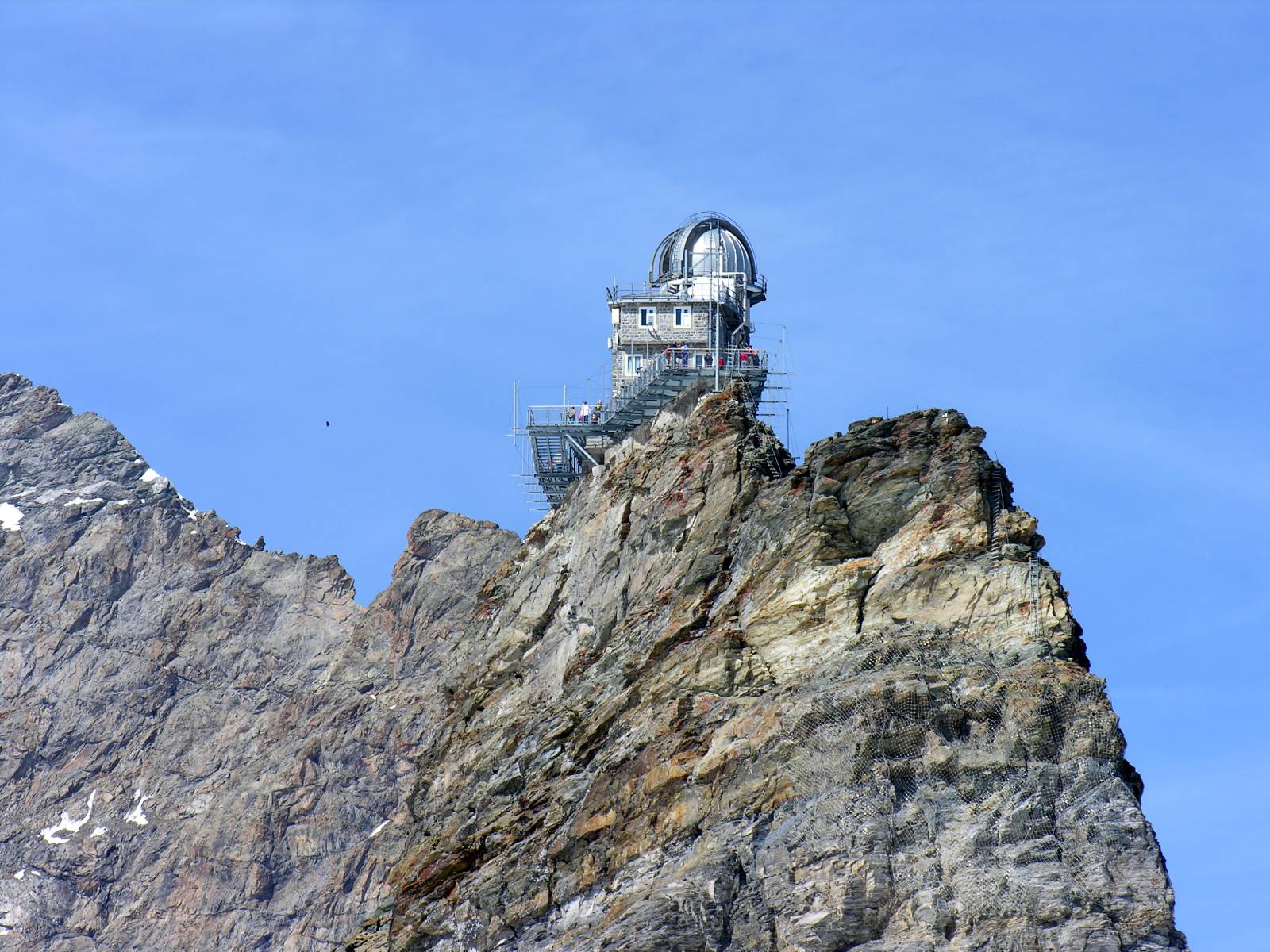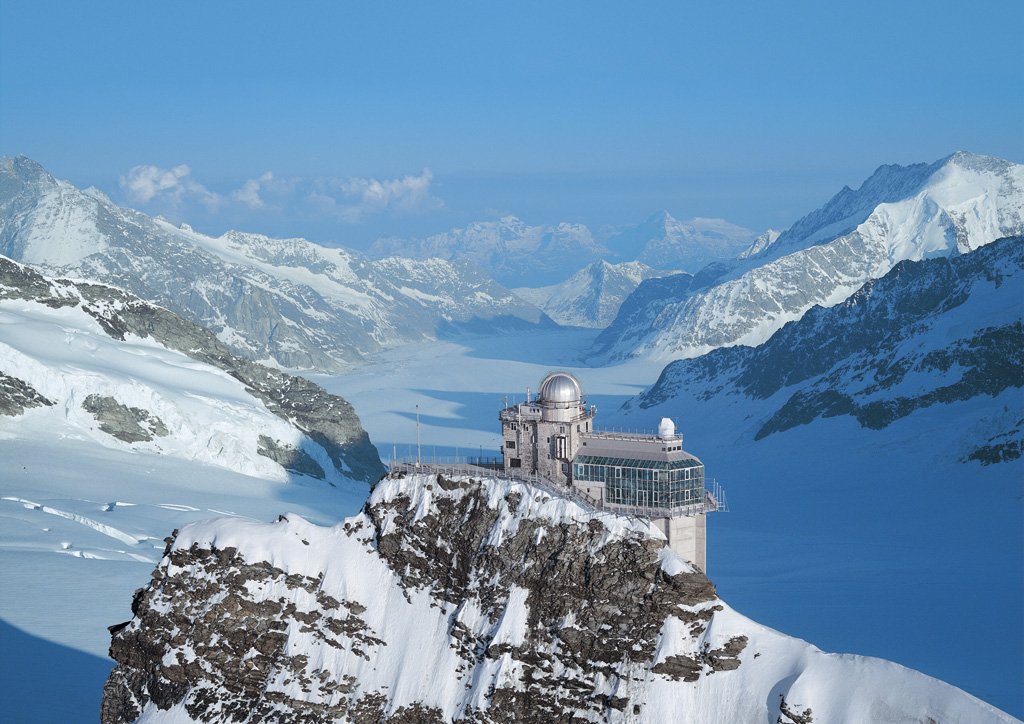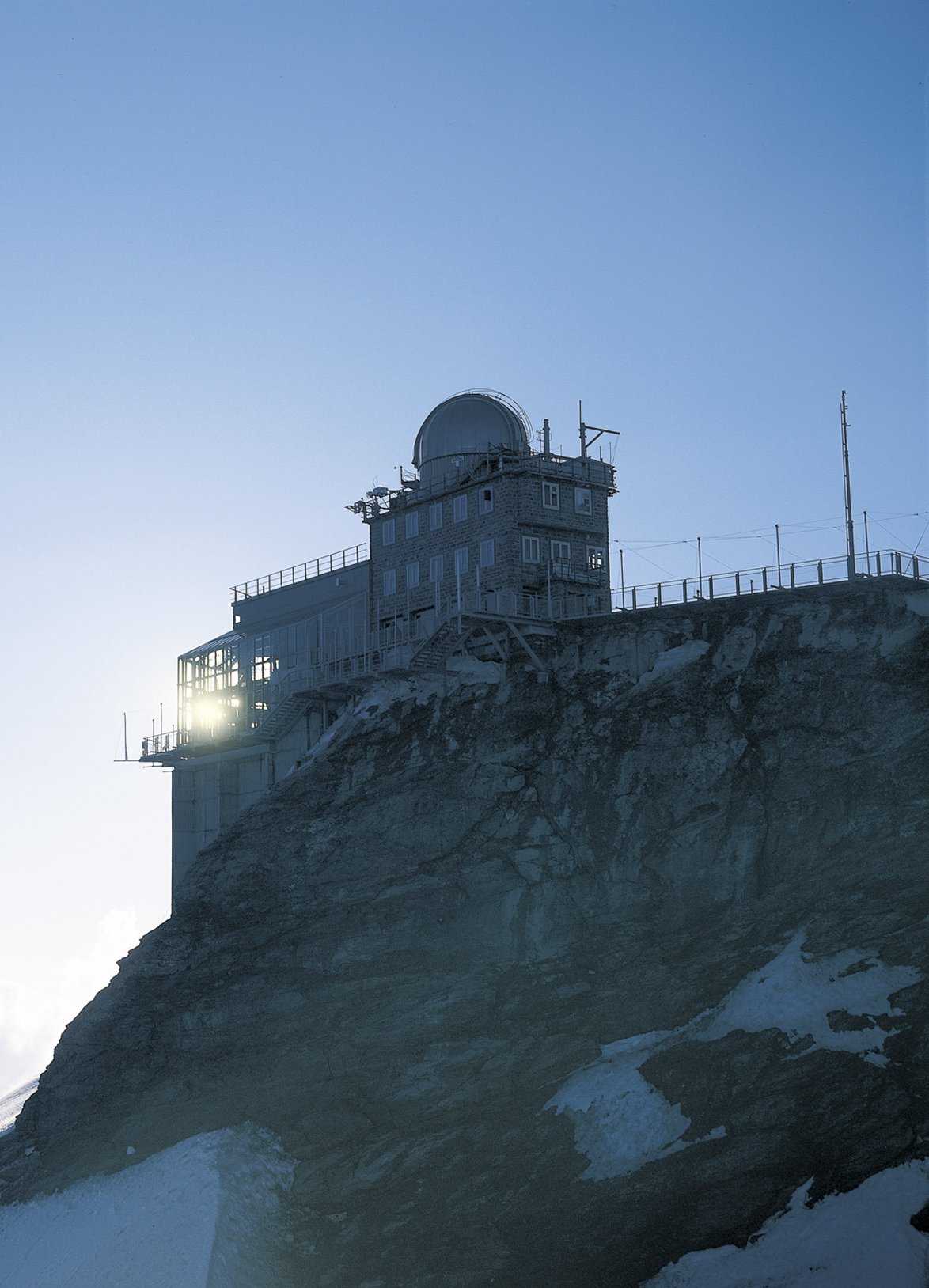| |
PermaSense Project home page
|
|
| |
 |
|
Sensing
while
there
still is
permafrost...
|
|
|
 |
|
| |
About
The main objective of the PermaSense project is to build and customize
a set of wireless measurement units for use in remote areas with harsh environmental
monitoring conditions. The second goal is the gathering of environmental data that helps
to understand the processes that connect climate change and rock fall in permafrost areas.
To this end, two sensor fields will be deployed in the Swiss alps and be operated over
several years.
Wireless sensors contribute to permafrost science. They will enable to easily monitor
larger permafrost areas with denser sampling, leading to better predictions on the
consequences of global warming for alpine regions.
Beyond helping the modelling of permafrost processes, this research is also applicable
to natural hazard surveillance. Currently, there is lack of easy to deploy geo-monitoring
systems that are low-cost, cheap in maintenance, and easily reconfigurable when deployed.
With better wireless sensor solutions, larger hazard areas can be permanently monitored
and linked to warning system that help to protect human lives.
What has been achieved so far? The consequences of global warming due to permafrost
degradation cannot be predicted yet in an appropriate manner. Furthermore, there is an
urgent need for continuous environmental monitoring at various time scales. Finally,
there is still a lack of cheap and easy to deploy stand-alone monitoring and warning systems.
Where does the project stand now? The project begins in the fall of 2005. The first generation
of sensors shall be ready early summer 2006 where climatic conditions permit to deploy them.
After that, access is more or less impossible for the span of a year, during which continuous
measurements will be done.
|
|
| |
Publications
 PermaSense: Investigating Permafrost with a WSN in the Swiss Alps (4th Workshop on Embedded Networked Sensors (EmNets 2007), Cork, 25-26 June 07) PermaSense: Investigating Permafrost with a WSN in the Swiss Alps (4th Workshop on Embedded Networked Sensors (EmNets 2007), Cork, 25-26 June 07)
 Investigating Steep Bedrock Permafrost with Wireless Sensor Networks (AGM'07) Investigating Steep Bedrock Permafrost with Wireless Sensor Networks (AGM'07)
 PermaSense Deployment September/October 2006 (MICS'06) PermaSense Deployment September/October 2006 (MICS'06)
 Investigating Permafrost with a WSN in the Swiss Alps (MICS'06) Investigating Permafrost with a WSN in the Swiss Alps (MICS'06)
 Investigating Heat and Moisture Fluxes in High-Alpine Rock Walls Around the Jungfraujoch with a Wireless Sensor Field (Jungfrau'06) Investigating Heat and Moisture Fluxes in High-Alpine Rock Walls Around the Jungfraujoch with a Wireless Sensor Field (Jungfrau'06)
|
|
| |
Photo Gallery
Gallery 1: (Jungfraujoch site examination,
Aug 2006) |
 |
 |
 |
 |
 |
Gallery 2: (deployment,
Nov 2006) |
 |
 |
 |
 |
 |
| |
 |
 |
 |
 |
Gallery 3: (deployment,
Nov 2006) |
 |
 |
 |
 |
 |
| |
 |
 |
 |
 |
 |
| |
 |
 |
 |
 |
 |
| |
 |
 |
 |
 |
 |
| |
 |
 |
 |
Gallery 4: (deployment examination,
Apr 2007) |
 |
 |
 |
 |
 |
| |
 |
 |
 |
 |
 |
| Gallery 5: (Jungfraujoch research station) |
 |
 |
 |
 |
 |
| |
 |
 |
 |
 |
 |
| |
 |
 |
 |
 |
 |
| |
 |
| Gallery 6: (Matterhorn) |
 |
 |
 |
 |
 |
| |
 |
 |
 |
 |
 |
| |
 |
 |
 |
 |
 |
| |
 |
 |
 |
 |
 |
|
|
| |
People
Christian Tschudin (UBasel): wireless routing and mobile code since 1999 (Uppsala), conceptual aspects (forwarding arch), novel routing protocols
(LUNAR), but also AODV-UU, performance evaluation testbed (APE), gray zone problem.
Stephan Gruber (UZurich): geographer, quantitative three-dimensional modeling of permafrost temperature fields, remote PF sensing.
Daniel Vonder Muhll (UZurich): geophysicist, initiator of the Permafrost Monitoring Switzerland (PERMOS), permafrost delegate of the Glaciological
Commission of the Swiss Academy of Sciences, national contact for the international permafrost association.
Andreas Hasler (UZurich): geographer, quantitative modeling of heat exchange, thawing processes and their effect on rock slope stability in permafrost.
Igor Talzi (UBasel): wireless sensor networks, mobile code.
|
|
| |
Links
 Computer Networks group @ University of Basel Computer Networks group @ University of Basel
 AlpuG GmbH (consulting in the field of alpine risk management, safety concepts,
risk analyses, snow avalanche dynamics, danger maps, in developments of remote measuring and control systems adapted to rough climatic conditions in alpine environments
and to design, build und support remote warning, alarm and measuring systems) AlpuG GmbH (consulting in the field of alpine risk management, safety concepts,
risk analyses, snow avalanche dynamics, danger maps, in developments of remote measuring and control systems adapted to rough climatic conditions in alpine environments
and to design, build und support remote warning, alarm and measuring systems)
 SensAlpin GmbH SensAlpin GmbH
|
|
 |
Page updated: 12/03/2006,
Computer Networks Group [cn.cs.unibas.ch]
|
|

